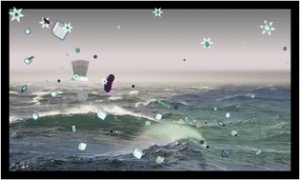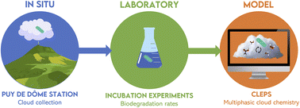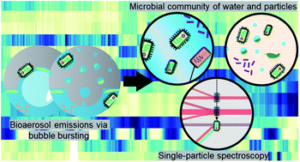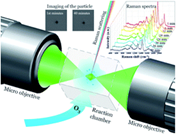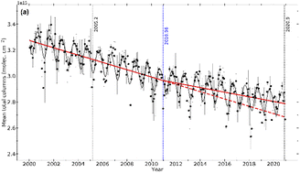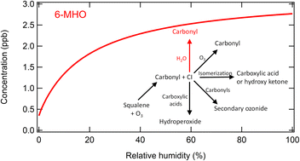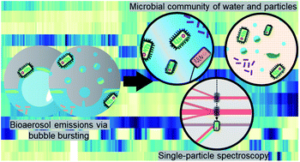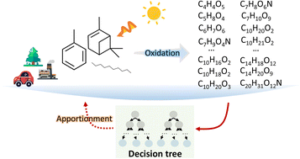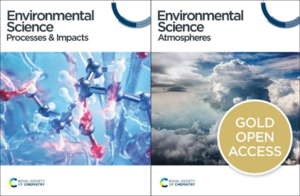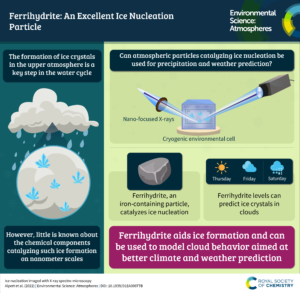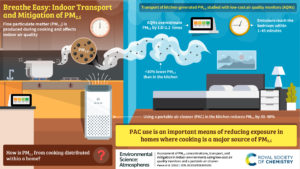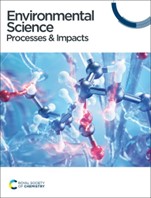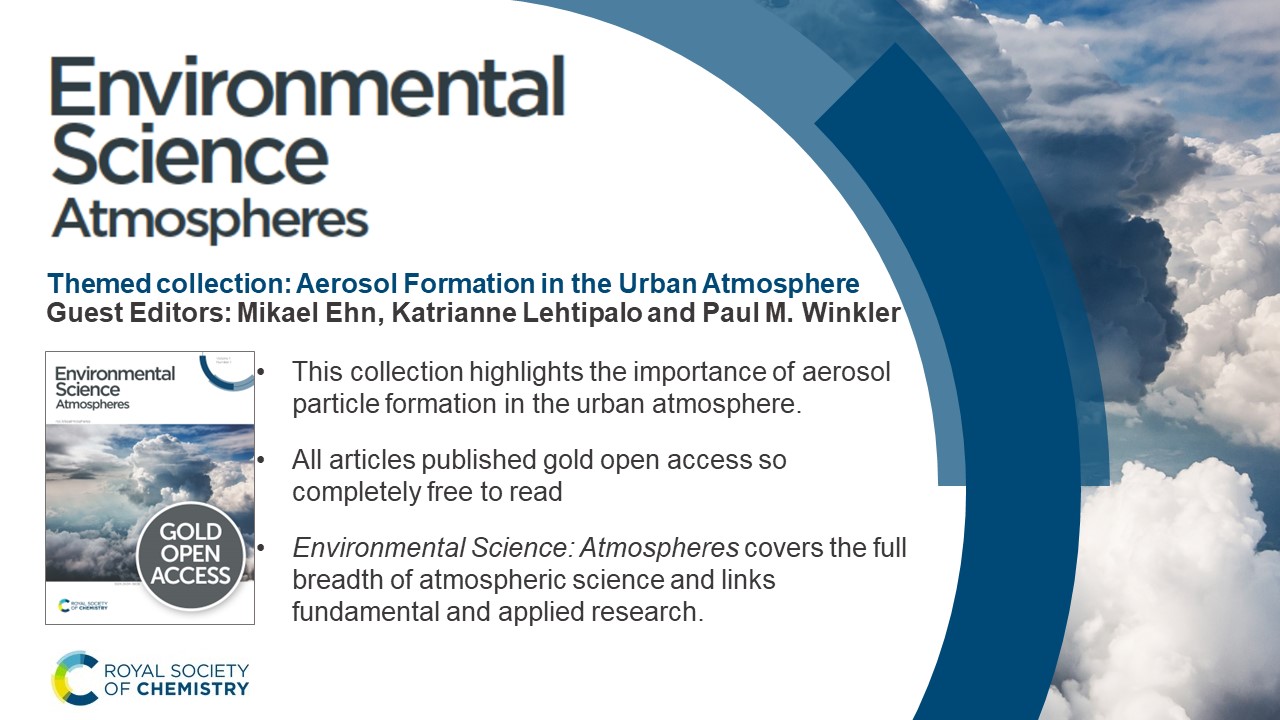Could our collection be the ideal platform for your next atmospheric science publication?
We invite you to contribute to our collection highlighting atmospheric peroxy radicals. Understanding the chemistry and behaviour of peroxy radicals can help improve air quality models, leading to more accurate predictions of pollution levels and their impacts on human health and the environment. Additionally, peroxy radicals are key intermediates in atmospheric oxidation processes, influencing the atmospheric lifetime of greenhouse gases and contributing to climate change dynamics. For more information on the collection, which closes for submissions on 30th November 2024, see our open call for papers.
When you publish with Environmental Science: Atmospheres you can:
- Put your trust in both our rigorous peer review process and fast times to publication – our average time to decision for peer-reviewed manuscripts is just 38 days.
- Expect your work to be promoted through our journal social media (@EnvSciRSC and LinkedIn)
- Be confident of a global audience for your work. This means that dissemination of this work will likely go beyond chemists and reach a broader audience.
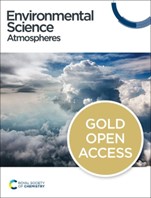
Environmental Science: Atmospheres publishes high quality research in fundamental and applied atmospheric chemistry. The journal scope spans the entirety of Earth’s atmosphere, and studies addressing the interactions of indoor air pollutants with outdoor air, or considering human health effects, are encouraged. We offer authors the option to publish the peer review history alongside their article.
Article publication online and in issues will occur without delay to ensure the timely dissemination of the work. The articles will then be assembled on the RSC Publishing platform and promoted as a web-based thematic collection, to permit readers to consult and download individual contributions from the entire series.
If you’re interested, we invite you to submit your research today, quoting ‘EAPeroxy24’ in the ‘Comments to the Editor’ when submitting your manuscript.


